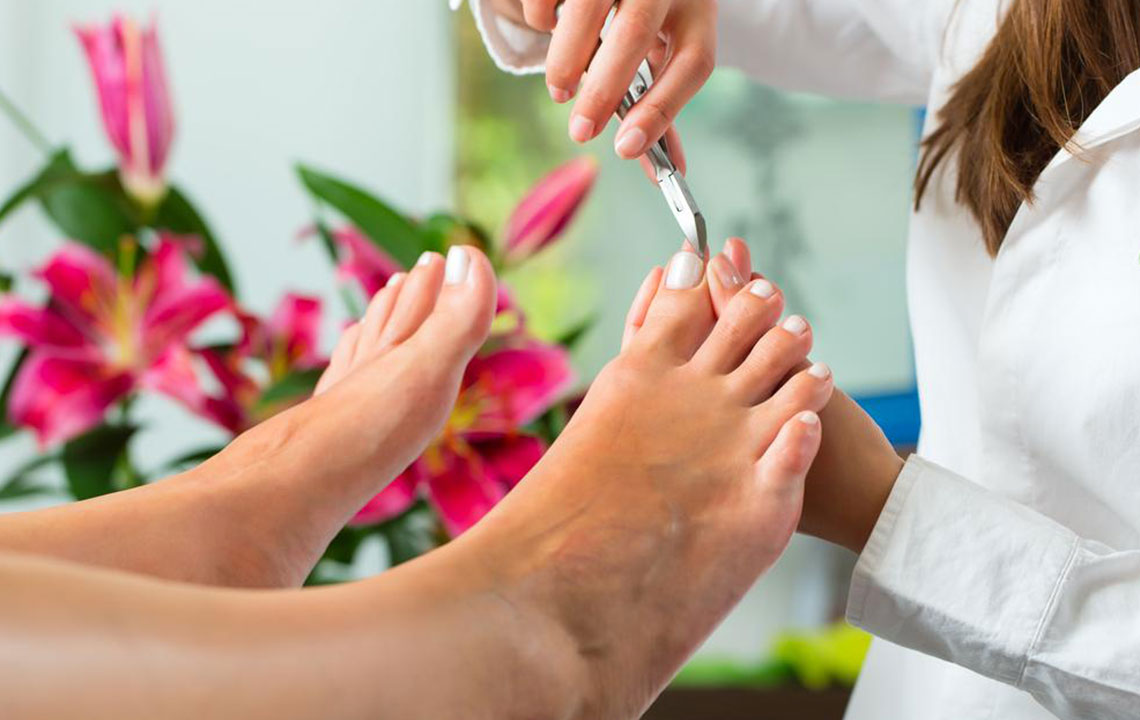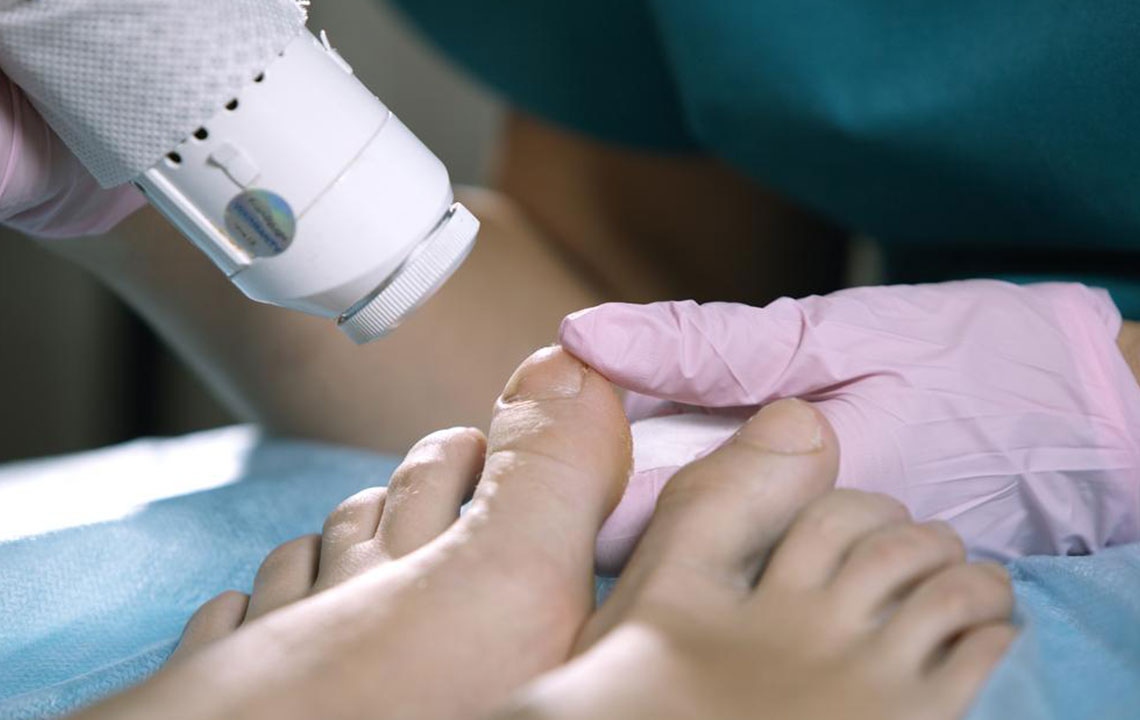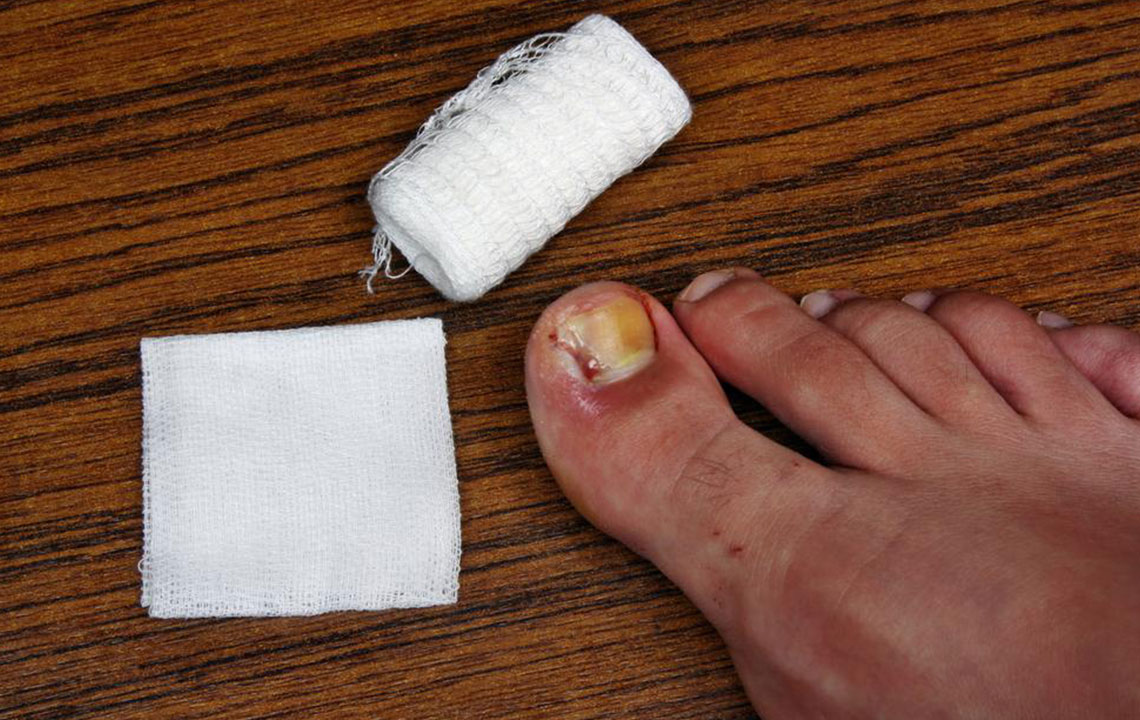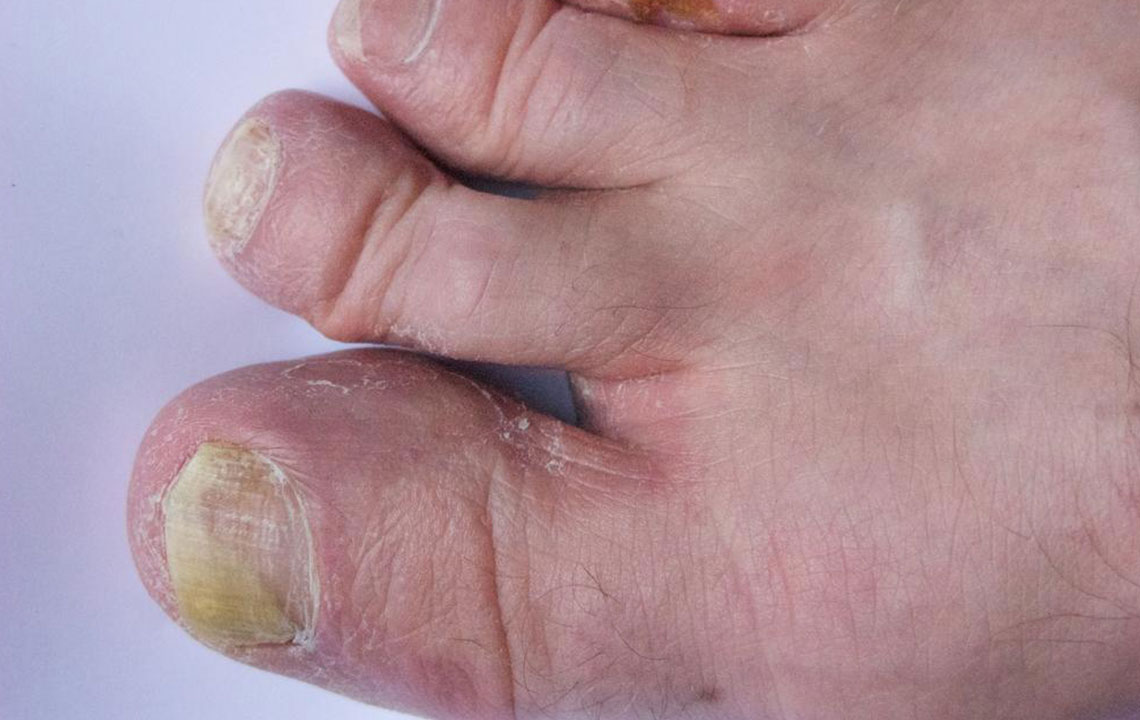Comprehensive Natural and Medical Strategies for Treating Toenail Fungal Infections
Toenail fungal infections, or onychomycosis, are common and stubborn. This comprehensive guide explores effective natural and medical treatments, including home remedies like vinegar soaks, garlic applications, and lifestyle changes. Proper diagnosis and early intervention are essential to prevent complications. The article highlights preventive strategies such as foot hygiene, appropriate footwear, and dietary support to combat and prevent toenail fungi. Combining traditional and natural methods offers the best chance for recovery, restoring healthy, strong nails. Learn how to manage and prevent this persistent issue effectively.
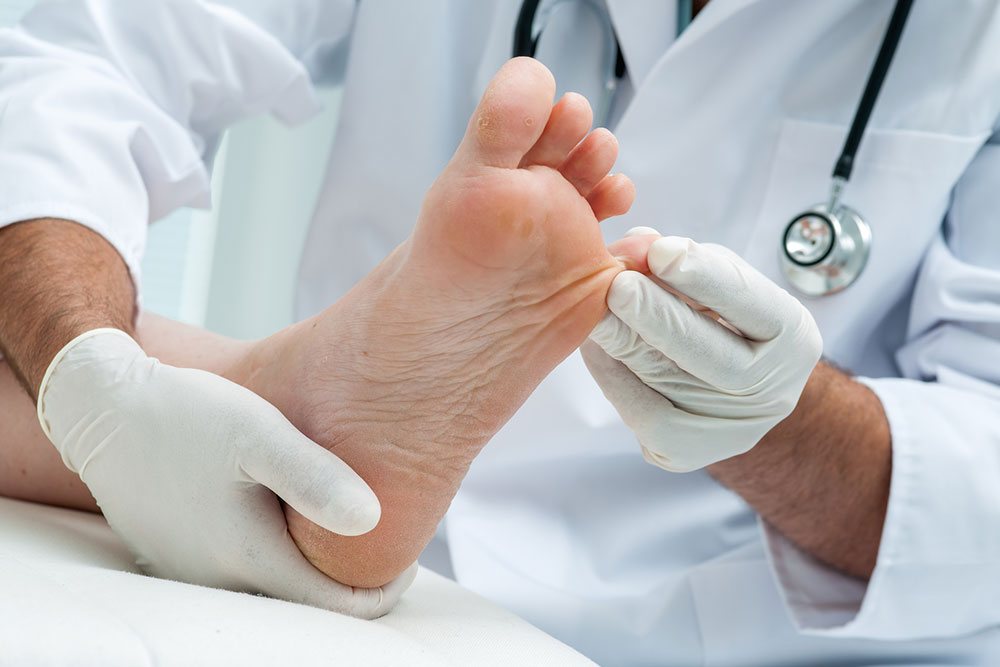
Comprehensive Natural and Medical Strategies for Treating Toenail Fungal Infections
Toenail fungal infections, medically known as onychomycosis, are a common yet often persistent condition caused by various fungi, predominantly dermatophytes, which thrive on keratin—the structural protein of nails. This type of infection is highly contagious, easily spreading from one nail to neighboring nails or even to other parts of the body if not properly managed. Addressing onychomycosis promptly is essential not only to restore the aesthetic appearance of nails but also to prevent complications such as nail deformity or bacterial superinfection.
The signs of toenail fungus are distinctive and usually include nail discoloration—yellow, brown, or white streaks and patches. The affected nails may become thickened, brittle, crumbly, or distorted in shape. In severe cases, nails might detach from the nail bed and fall off, resulting in discomfort and aesthetic concerns. Because these infections can be stubborn and resistant to treatment, early and effective intervention is crucial. The duration of therapy may span several weeks or even months, emphasizing the importance of choosing the right treatment approach with the guidance of healthcare professionals.
There are various treatment options available, ranging from prescription medications to natural remedies. Medical treatments often include topical antifungal lacquers and oral antifungal agents designed to eradicate the infection effectively. However, many patients seek alternative or complementary natural remedies to reduce side effects and enhance healing. Combining these approaches can optimize outcomes, particularly when integrated with lifestyle and dietary modifications.
Natural Remedies for Toenail Fungus
Several natural remedies have been long used to combat toenail fungal infections due to their antifungal and antimicrobial properties. While their efficacy can vary from person to person, many individuals find relief using these methods either alone or alongside medical treatments.
Vinegar Soaks: Apple cider vinegar and white vinegar are popular for their ability to alter the pH of the nail environment, inhibiting fungal growth. A typical approach involves soaking the affected nails in a solution of one part vinegar to two parts water for 15-20 minutes daily. This helps create an inhospitable environment for fungi, preventing proliferation.
Baking Soda: Known for absorbing moisture, baking soda can help keep the nail area dry, reducing the chances of fungal colonization. Creating a paste with baking soda and water and applying it to the affected nails or adding baking soda to foot baths can be beneficial.
Garlic: Garlic contains allicin, a compound with potent antifungal and antimicrobial properties. Applying crushed garlic directly to the infected nail or soaking the foot in garlic-infused water may assist in fungal eradication. Regular application can support natural resistance and healing.
Mouthwash with Antifungal Qualities: Certain mouthwashes containing thymol, eucalyptol, and menthol have demonstrated antifungal activity against nail fungi. Gargling or soaking affected nails in these solutions can be an adjunctive natural therapy.
Eucalyptus and Camphor Ointments: Mentholated ointments infused with eucalyptus or camphor oils have shown some efficacy in reducing fungal load due to their antimicrobial properties. Applying these ointments regularly may help suppress fungal growth.
Ozonized Oils: Sunflower or other carrier oils ozonized with ozone gas exhibit antifungal and healing properties. Regular application may promote healing and inhibit fungal proliferation.
Supporting Natural Healing through Lifestyle and Dietary Changes
In addition to topical and soak treatments, adopting a healthier lifestyle can significantly enhance recovery from toenail fungus. Nutritional strategies are vital in supporting the immune system and promoting nail health. Increasing the intake of certain nutrients—including vitamin D, calcium, omega-3 fatty acids, and probiotics—can strengthen nails and improve overall resistance to infections.
Ensuring proper foot hygiene is fundamental. This includes keeping feet clean and dry, changing socks regularly, and avoiding walking barefoot in communal areas such as gyms or public showers. Wearing breathable footwear and avoiding tight shoes can reduce moisture buildup which fungi favor. Additionally, disinfecting footwear, and using antifungal powders within shoes can prevent reinfection.
Maintaining good overall health, managing blood sugar levels (especially for diabetics), and minimizing trauma to the nails are equally important in treatment and prevention. Consulting healthcare providers for persistent or severe cases is recommended to tailor an effective treatment plan, possibly combining prescribed medications with natural remedies for optimal results.
Prevention Strategies to Avoid Toenail Fungal Infections
Prevention remains the best approach when it comes to toenail fungal infections. Here are some practical tips to minimize the risk:
Keep nails trimmed and filed to avoid trauma and thickenings that can harbor fungi.
Use antifungal powders or sprays in shoes and socks.
Wear moisture-wicking socks and breathable footwear.
Thoroughly dry feet after bathing or swimming, especially between toes.
Avoid sharing footwear, socks, or nail tools with others.
Maintain overall foot hygiene and inspect nails regularly for early signs of infection.
In conclusion, toenail fungal infections require a comprehensive approach combining natural remedies, medical treatments, lifestyle adjustments, and preventive measures to achieve optimal results. Early diagnosis and persistent care are essential to restore healthy nails and prevent recurrence.
